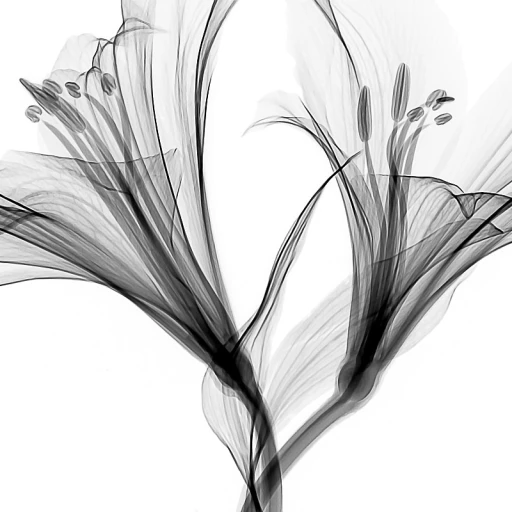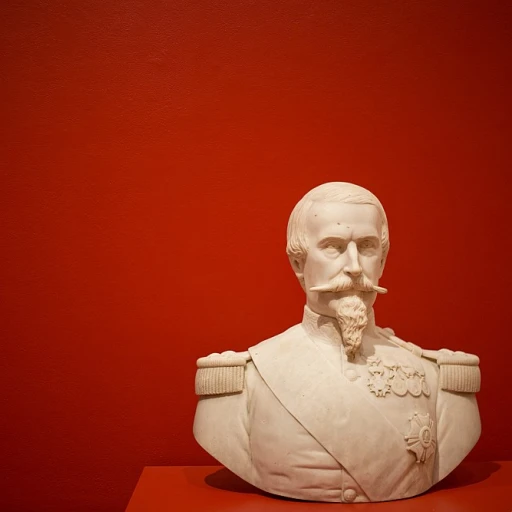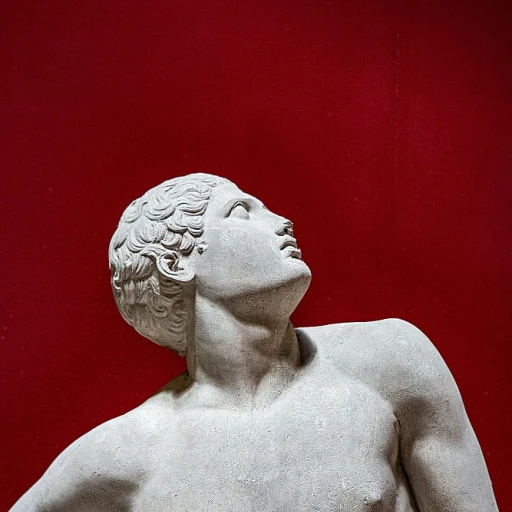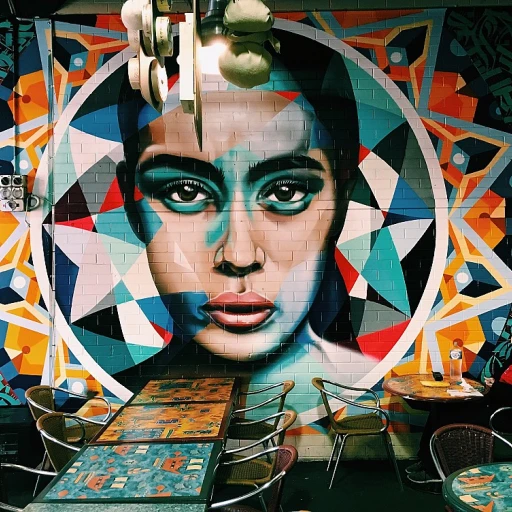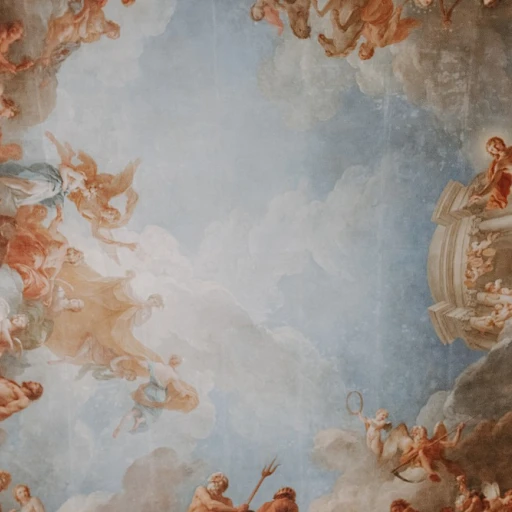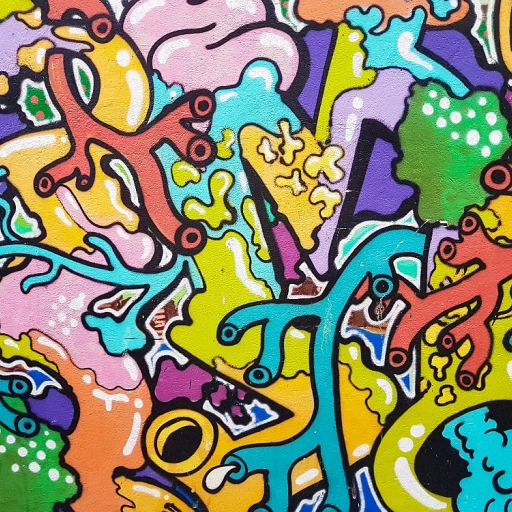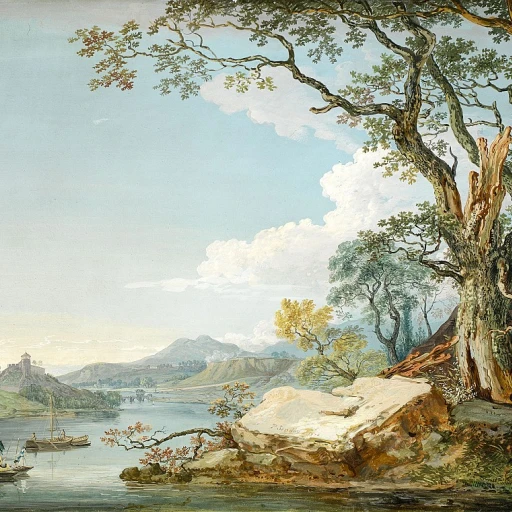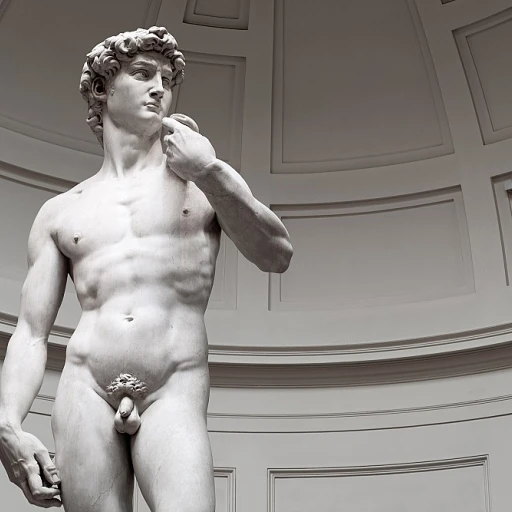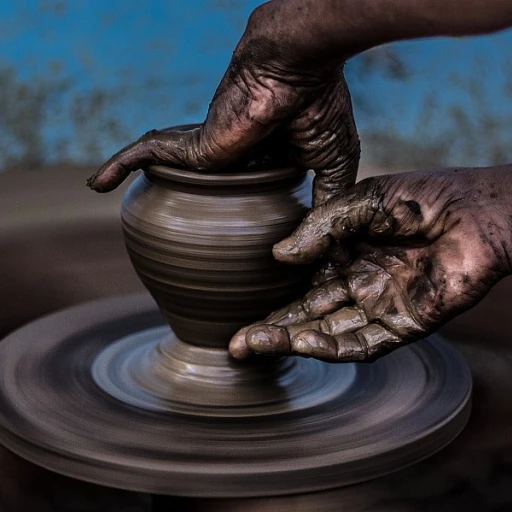-teaser.webp)
Understanding Representational Artworks
Defining the Essence of Representational Art
Representational art stands as a revered form, capturing reality by depicting subjects in a way that is familiar and recognizable to the observer. Unlike abstract or nonrepresentational art forms, which prioritize shapes, colors, and emotions without direct reference to real-world objects, representational artworks focus primarily on portraying life exactly as it appears. This genre of art is essentially a mirror of reality, offering a guide through the lens of the artist towards a realistic depiction of individuals, landscapes, and everyday scenes. From historical paintings to modern interpretations, representational art represents an enduring tradition where objective art forms play a significant role in visual storytelling. These works often explore the fine balance between offering a realistic rendering while integrating the artist's subjective interpretation. A theory frequently discussed in art history considers how closely these artworks align with real-life appearances versus their abstract elements. Representational artworks are not confined to direct portrayal. More contemporary developments within this sphere have led to the creation of representational abstract works. These pieces embody a blend of representational and abstract art, drawing on both figuration and abstraction to create visually engaging artworks that challenge our perceptions of reality. Understanding this complex relationship between reality and artistic representation becomes vital when observing how artists negotiate between real-world subjects and their personal artistic vision. This negotiation is what defines the diverse types of representational art, where the realism of a painting is often influenced by the artist's life experiences, cultural context, and personal style. For those exploring the allure of representational art, it provides an art lesson on the subjective nature of interpreting reality. It serves as a platform to appreciate the intricate details of life as seen through the eyes of talented artists.Historical Significance and Evolution
The Art of Giving Context to Reality
The historical roots of representational artworks have evolved over time, transcending mere depictions of reality to become profound expressions of life and nature. This evolution has been marked by significant shifts influenced by individual artists' perspectives and the broader cultural milieu. In earlier eras, the realistic depiction of subjects was the ultimate goal. Objective art represented everyday life with meticulous detail, capturing reality as closely as possible. As time progressed, artists began to explore beyond mere representation, integrating their personal interpretation and the essence of the subject into their work. Interestingly, the theory of representational versus nonrepresentational art became prominent during periods of art history when abstract and figurative art movements gained traction. The study of these styles fosters a deeper understanding of how shapes and colors convey not only the image of an object but also the surrounding emotions and realities. The emergence of modern art witnessed a blend of representational and abstract painting styles. Artists ventured into new realms, painting in ways that guided viewers into deeper reflections of life, effectively acting as a lesson in observing and appreciating the complexities of representation. Moreover, the practice of plein air painting, where artists paint landscapes on location, is one such example of representational art that has transitioned over time. This evolution reflects a deeper connection between the artist and the subject, offering a realistic yet nuanced depiction. By examining iconic works and studying the impact of various movements, one can appreciate how representational art has maintained its allure in the luxury market. Understanding its historical significance provides a comprehensive guide to recognizing the subtle interplay between real and abstract elements in art, and sets the stage for exploring the art of publishing in the luxury artwork scene. By embracing this rich history, collectors and art lovers can discern the timeless appeal of representational artworks.The Intersection of Luxury and Art
The Fusion of Luxury and the Artistic World
Representational artworks, known for their realistic and tangible depiction of subjects, have carved a unique niche within the luxury art market. These pieces, with their finely observed details and connection to reality, seamlessly intersect the worlds of opulence and creativity. The essence of representational art lies in its ability to capture the beauty of life and its surroundings, making it a sought-after addition to high-end collections.
The luxury market thrives on exclusivity and the personal experiences that come with owning an exquisite piece. Representational art, especially, has an unmatched appeal due to its intimate portrayal of reality through forms, colors, and subjects. For collectors, the allure often stems from the emotion and authenticity that a representational painting can convey, an embodiment of reality that resonates deeply with connoisseurs.
In recent years, there has been a notable trend where the boundaries between luxury and representational masterpieces are blurring. The evolution of modern art has given rise to innovative expressions that merge traditional techniques with contemporary sensibilities, creating representations that are both realistic and abstract. This fusion has opened up new possibilities in the luxury sector, enabling artists to experiment while remaining true to the essence of representational art.
Moreover, places like Norwood Gallery are becoming pivotal in showcasing how traditional representational artworks are gaining traction among luxury buyers. Galleries such as these highlight the essence of capturing life's moments through a skillful mix of reality and creativity, positioning representational works as must-have assets in any luxury art collection.
Collecting Representational Artworks
Navigating the Collection of Representational Masterpieces
The world of collecting art pieces, particularly representational artworks, is both rewarding and complex. The allure of realistic depiction lies in its vivid connection to real life, allowing collectors to engage with art in a tangible, meaningful way. Success in this realm requires understanding the nuances of the art market, staying informed about trends, and recognizing the cultural significance of each piece. One of the essential factors in collecting representational art is the subject matter. Collectors often gravitate towards artworks that eloquently convey reality through their subjects, whether it's an object, individual, or scene depicted with striking accuracy and emotion. A significant aspect of these works is their ability to capture the essence of life, providing an interpretive guide into the historical and cultural context they represent. To build an impressive collection, a thorough study of art theory and art history is indispensable. This study enhances appreciation for different types, forms, and styles within representational art. From plein air paintings that capture the changing light and atmosphere of the outdoors to objective art that adheres closely to its subject, each subtype offers a unique insight into the artist’s perspective. The roles of colors and shapes in these artworks continue to intrigue collectors. While abstract and nonrepresentational art explore colors in forms less tethered to reality, representational works employ a palette that enhances the realism of the depicted scene. This realistic approach often fascinates those who revel in the beauty of the natural world as conveyed by the artist’s hand. Collectors should also consider notable artists known for their work in representational art. These artists have left an indelible mark on the art world with their ability to blend realistic representation with emotive storytelling. Learning about key pieces and understanding the artist’s methods can greatly enrich a collection, framing each work in a broader narrative of artistic evolution. Ultimately, collecting representational art is as much about personal enjoyment as it is about investment and preservation of cultural heritage. Discerning collectors who immerse themselves in this pursuit not only acquire beautiful pieces but also enhance their understanding and appreciation of the craft. Whether aspiring to own a piece by one of the masters like Pablo Picasso or discovering the fine lines in a contemporary painting, representational art continues to hold a revered place in the luxury market.Notable Artists and Iconic Pieces
Masters of the Canvas: Noteworthy Artists and Their Work
In the realm of representational art, certain artists have continually captivated collectors with their mastery over realistic depiction and their ability to infuse life into their subjects. Despite the presence of abstract and nonrepresentational art, representational paintings remain a quintessential guide to reality and artistic excellence. Pioneers in this field have proven the immense potential of representational art to convey complex emotions and narratives through objective art forms. Whether it is through the sweeping colors and shapes of the impressionists or the detailed figurative art of the realists, the dedication to authentic representation is unwavering.- Impressionism and Beyond: Perhaps no discussion on representational art is complete without acknowledging the revolutionary 'plein air' paintings that brought outdoors scenes to canvas with innovative vigor. Artists from this era have set a benchmark in using colors and atmospheric effects to create realistic depictions that transcend time.
- Modern Art Influences: As modern art evolved, so did the concepts of representation, with artists incorporating abstract elements while preserving the essence of the subject. This blending creates works that not only showcase reality but also push the viewer to explore the boundaries of perception. Notably, artists adept at balancing the real with the representational abstract have achieved widespread acclaim.
- Figurative Expressions: The intricacies of the human form have been explored extensively by artists who specialize in figurative art. Their works offer a profound study into human life and the myriad experiences that shape our existence. The commitment to capturing the finest details reiterates the significance of representational art in providing insights into the human condition.
Future Trends in Representational Art
Emerging Trends in Representational Art
The future of representational art is a fascinating realm where innovation melds with tradition. This artistic genre, known for its realistic depiction of subjects, continues to evolve, offering engaging perspectives in a world often leaning towards abstraction and digital mediums. Art enthusiasts and collectors alike are witnessing a resurgence in figurative art as artists experiment with modern art techniques while maintaining the essence of realism. Contemporary artists are merging traditional painting methods with new media, creating works that straddle the line between representational and abstract art.- Technological Integration: With advancements in technology, digital tools increasingly influence how artists approach representational art. Virtual reality and augmented reality are being explored as new mediums to create immersive experiences that enhance the perception of real-world subjects.
- Sustainability and Ethical Practices: With growing environmental concerns, artists are pivoting towards sustainable methods and materials, reflecting ethical considerations in their fine art. This trend resonates with a conscientious audience seeking responsible luxury artwork.
- Diverse Perspectives: The representation of diverse cultures and realities is becoming more pronounced. This shift is broadening the scope of what representational art can portray, incorporating varied life experiences and social narratives.
- Street Art Influence: There's a noticeable influence of street art in contemporary representational paintings, offering an edgy, urban twist that appeals to modern art collectors seeking something unique yet grounded in reality.


